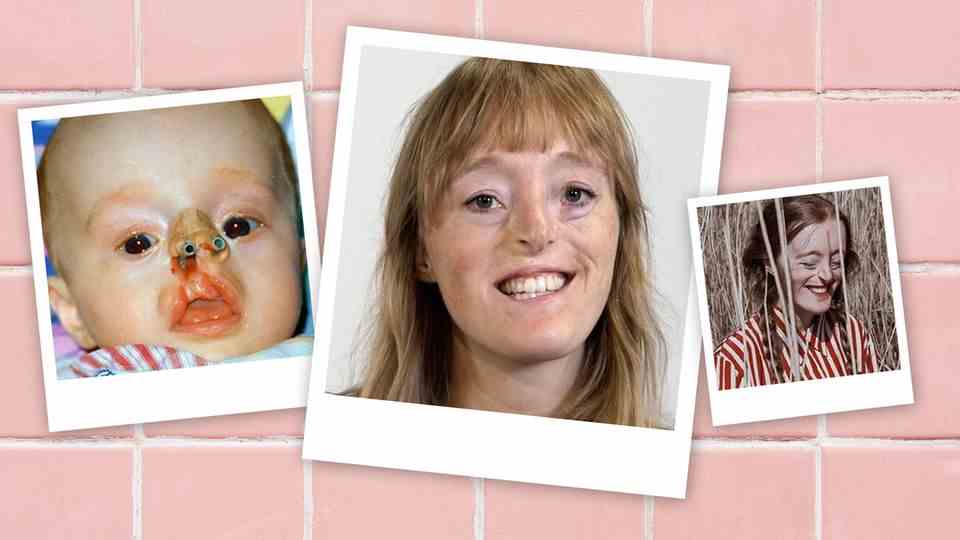aging research
Spectacular research result: Cambridge scientists rejuvenate skin cells by 30 years
Age-related diseases such as diabetes and heart disease could be better treated in the future through skin cell rejuvenation (symbol image)
© VLG / iStockphoto / Getty Images
Researchers rejuvenated the skin cells of a 53-year-old woman so that they correspond to those of a 23-year-old.
Researchers at the University of Cambridge have changed human skin cells in such a way that they then had the properties of a person who was decades younger. This could solve various medical-gerontological problems in the future.
The technology is based on the techniques used to create Dolly the cloned sheep more than 25 years ago. Prof. Wolf Reik from the Babraham Institute in Cambridge wants to use his team’s work to help people stay healthy longer as they get older. He added to the BBC: “We dreamed of something like this. Many common diseases get worse with age and the thought of helping people in this way is super exciting.”
Diseases of old age such as diabetes and heart disease are easier to treat
In fact, the Cambridge scientists believe they could do something similar with other types of tissue in the body. The ultimate goal is to develop treatments for age-related diseases such as diabetes, heart disease and neurological disorders. However, Prof. Reik emphasized that the study, published in the journal “eLife”, is still at a very early stage and there are still some scientific problems to be solved. But he also stressed that showing for the first time that cell rejuvenation is possible is a crucial step.
The origins of the technique date back to the 1990s, when researchers at the Roslin Institute, near Edinburgh, Scotland, developed a method to convert an adult mammary gland cell taken from a sheep into an embryo. It led to the creation of Dolly the cloned sheep.
The aim of the Roslin team was not to create clones of sheep or even humans, but to use the technique to create what are known as human embryonic stem cells, BBC News summarizes. These are to be grown into specific tissues, such as muscle, cartilage and nerve cells, to replace worn-out body parts.
The dolly technique was simplified in 2006 by Prof. Shinya Yamanaka, then at Kyoto University. The new method, called IPS, involved adding chemicals to adult cells for about 50 days. This led to genetic changes that turned the adult cells into stem cells.

“It was a very exciting day!”
With both the Dolly and IPS techniques, the stem cells created must grow back into the cells and tissues that the patient needs. This has proved difficult. Prof. Reik’s team applied the IPS technique to 53-year-old skin cells, but shortened the chemical treatment to approximately 12 days from the traditionally used 50 days. Dilgeet Gill was amazed to find that the cells had not turned into embryonic stem cells – but had rejuvenated into skin cells that looked and behaved like they came out of a 23-year-old’s body.
Speaking to BBC News, she said: “I remember the day I got the results back and I couldn’t quite believe some of the cells were 30 years younger than they were supposed to be. It was a very exciting day! “
However, the technique cannot be transferred immediately to everyday clinical practice, since the IPS method increases the risk of cancer. But Prof. Reik, speaking to BBC News, is confident that his team will find a solution to this problem in the near future: “The long-term goal is to increase the human health span and not lifespan, so that people can Aging in a healthier way,” he stressed. According to Prof. Reik, some of the first applications could be the development of drugs to rejuvenate the skin of older people on body parts where they have cuts or burns – to noticeably speed up their healing.


